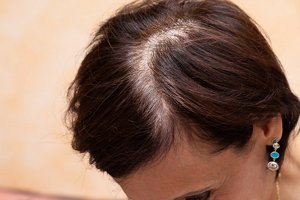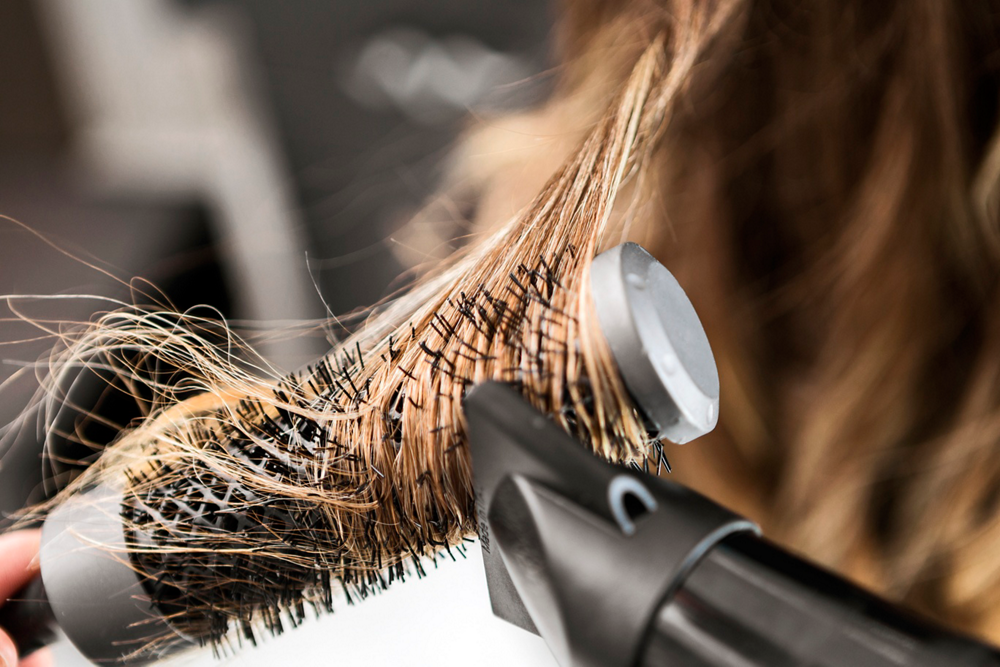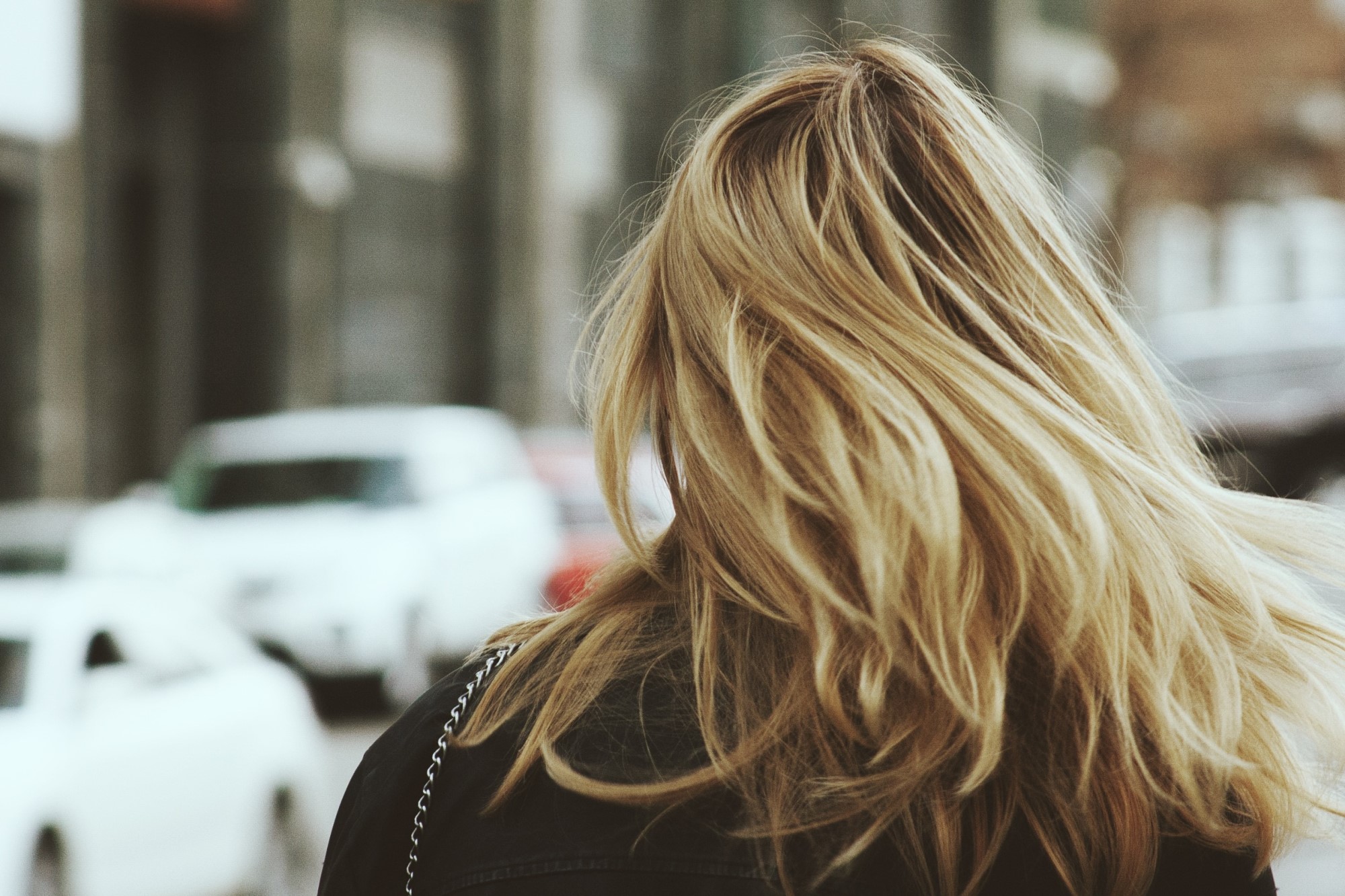-
- PRODUCT TYPE
- Shampoo
- Conditioner
- Treatments
- Stylers & Finishers
- Colour
- View All
GUIDE TO TACKLING HAIR LOSS
If you’ve started to notice more strands in your hairbrush or you’ve noticed your hair thinning around your temples or crown, you might be concerned about hair loss. If you think you’re losing more hair than usual, don’t panic - there’s plenty you can do to counteract hair loss and make the most of thin hair.
What causes hair loss?
Total hair loss is commonly known as alopecia, and can affect just your scalp or your whole body, including your eyebrows and eyelashes. It can be permanent or temporary, and affects both men and women. Causes include:
What are the signs of hair loss?
There’s no set guide to the symptoms of hair loss, but look out for the following:

Is hair loss genetic?
Unfortunately, genetics dictate the condition of your hair as you age - and there isn’t much you can do about that. However, there are several steps you can take to minimise the impact of hair loss and slow it down, including keeping an eye on your haircare regime, stress levels, nutrition, and any medications you take.
How to stop hair loss
We’d advise that you seek medical advice from your GP if you’re concerned about hair loss - they may refer you to a trichologist (a haircare expert). Bear in mind that trichology is currently not offered on the NHS, and it’s a private self-referral based service.
However, there are some ways to boost hair growth which you can try:

Which products can help boost the thickness of thinning hair?
Our PROfiller+ range is designed to give thin, fine hair an instant boost, plumping your hair’s overall thickness by 200%* - so get ready for thicker-looking, fuller-feeling hair in just one use. The collection is infused with Biotin and Hyaluronic Acid to thicken and strengthen hair from the inside out, leaving you with increased volume and texture from your first use.
*vs basic shampoo




